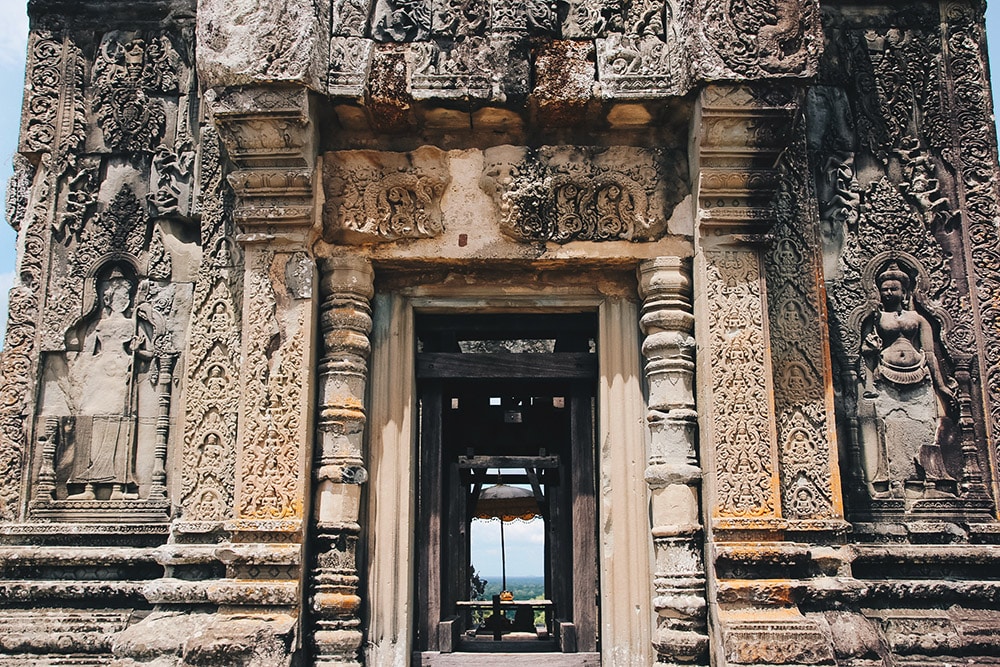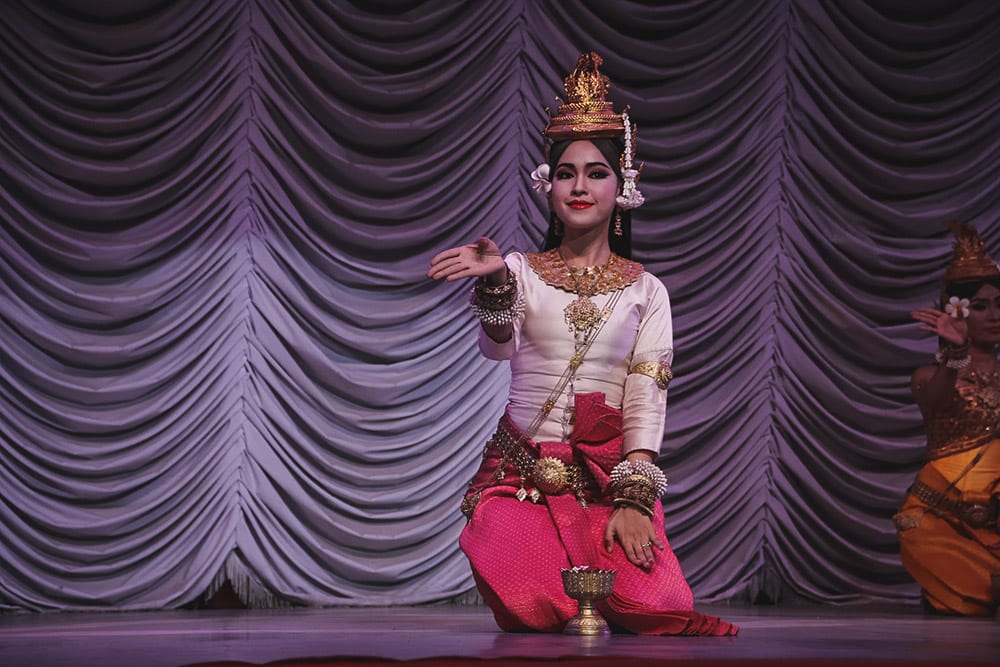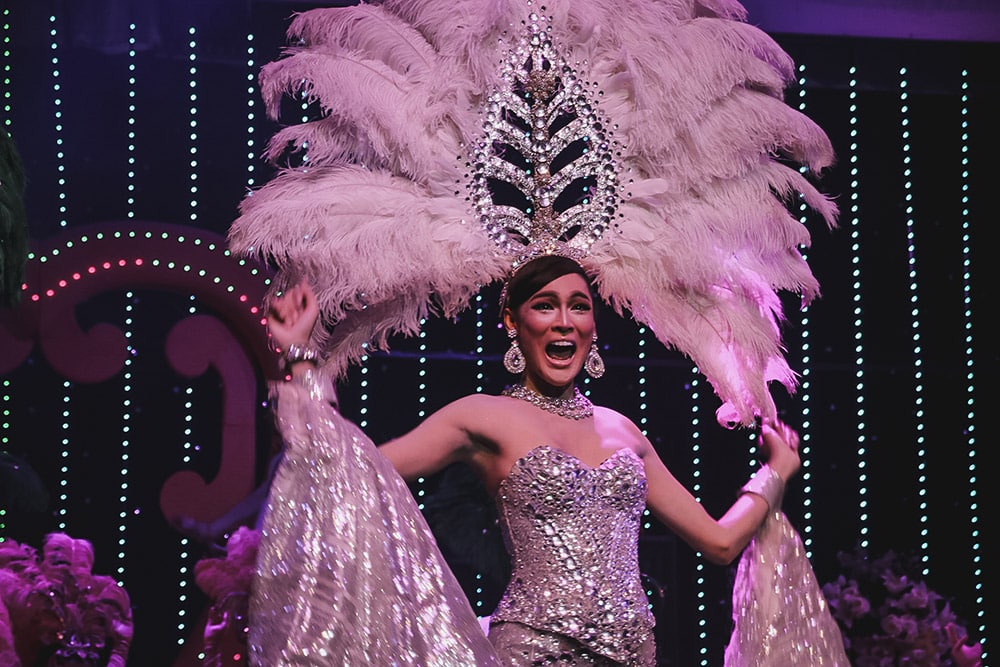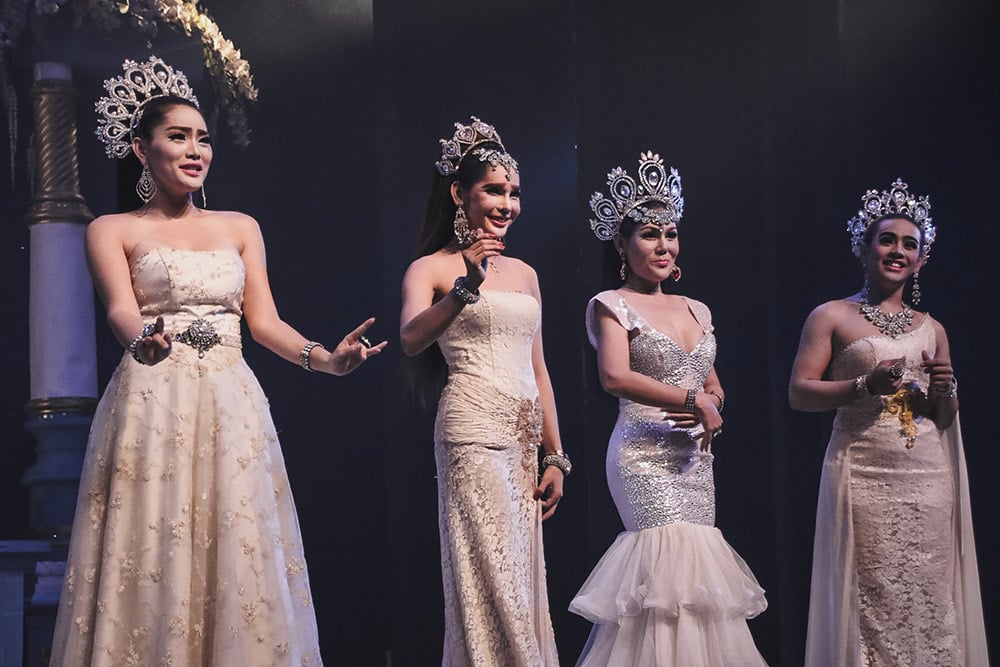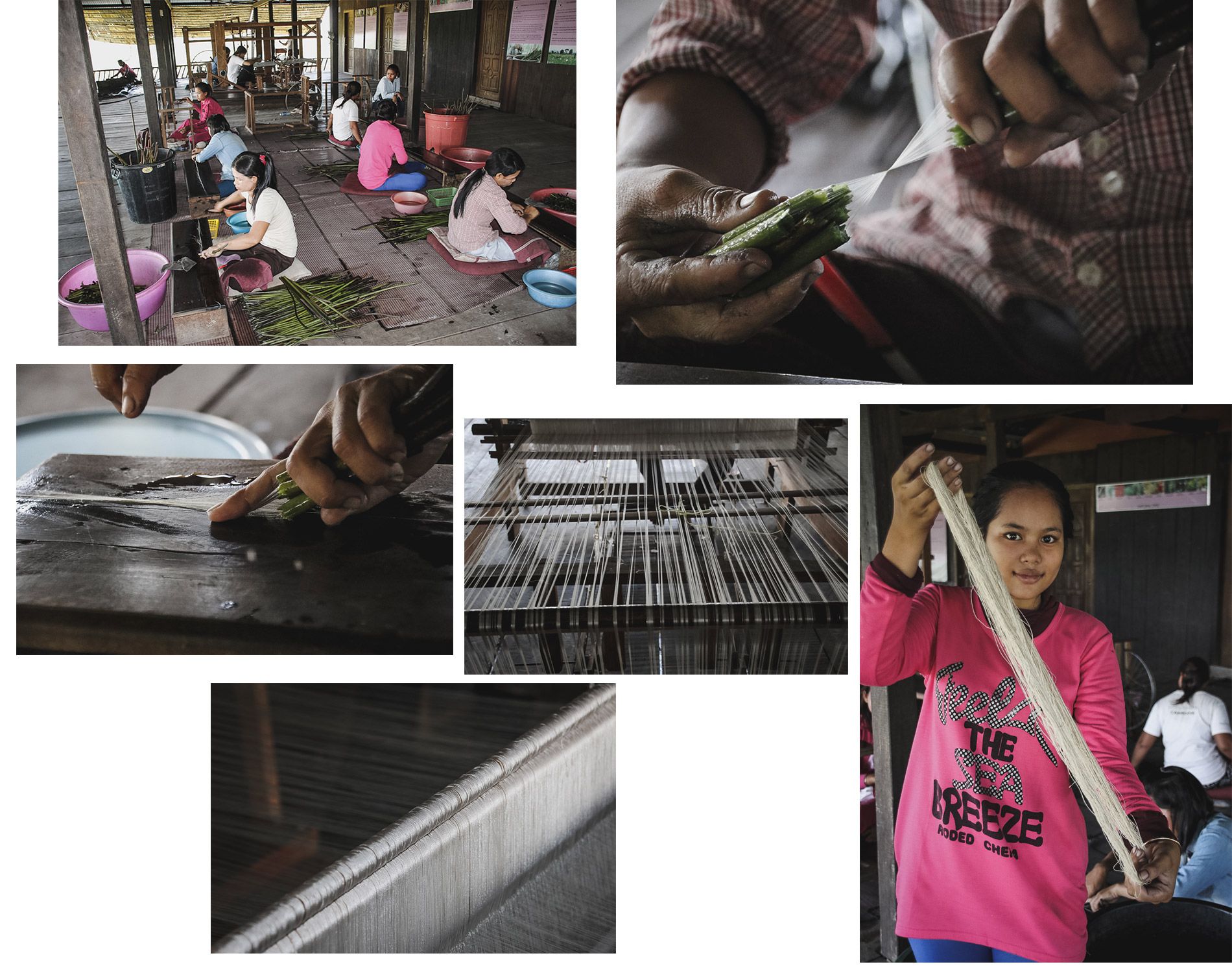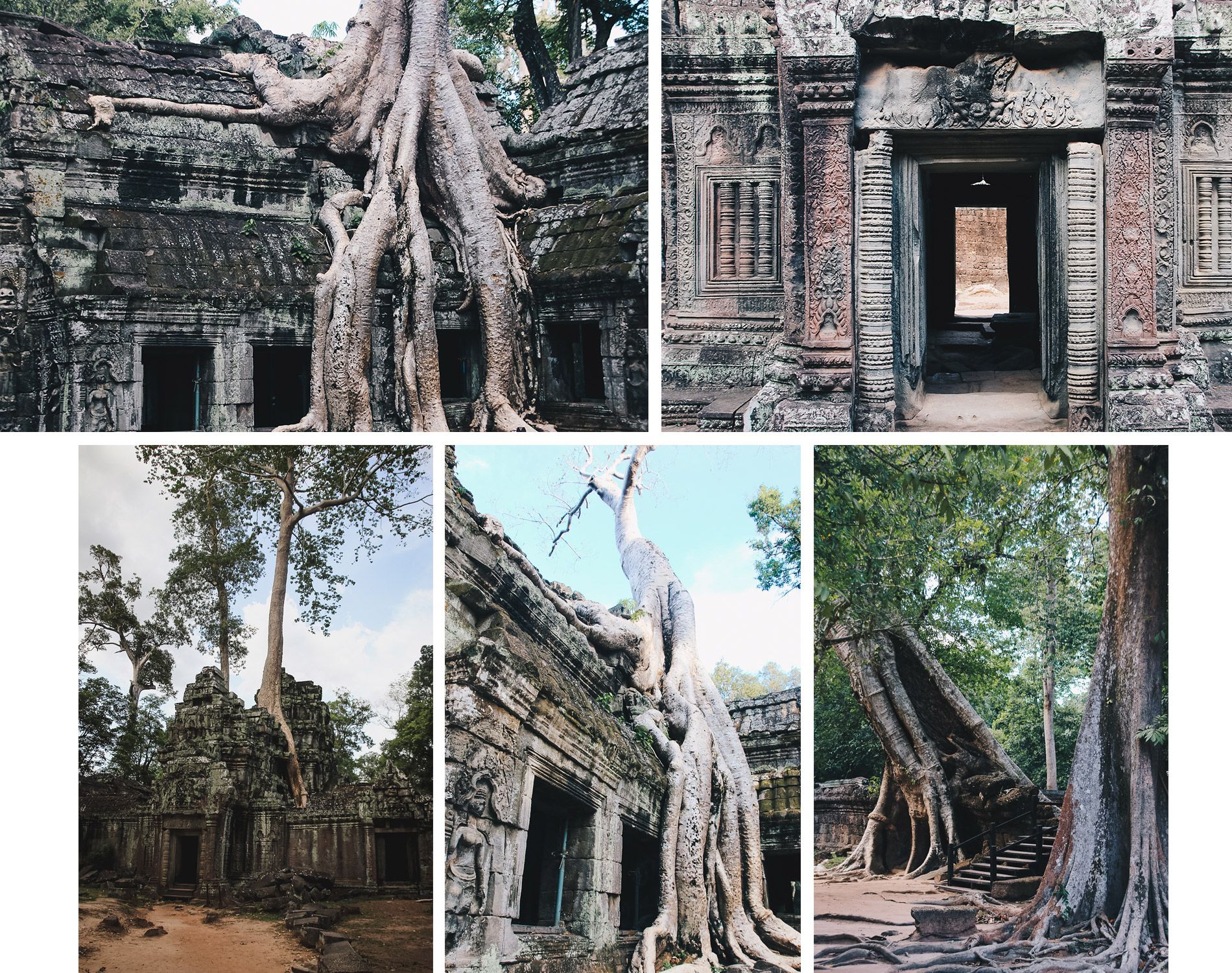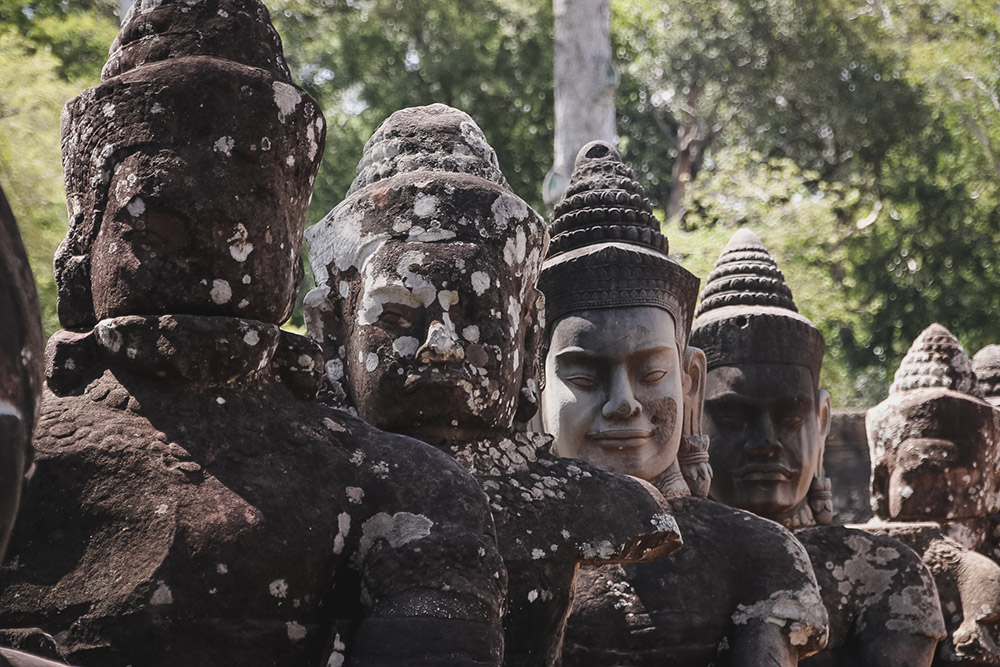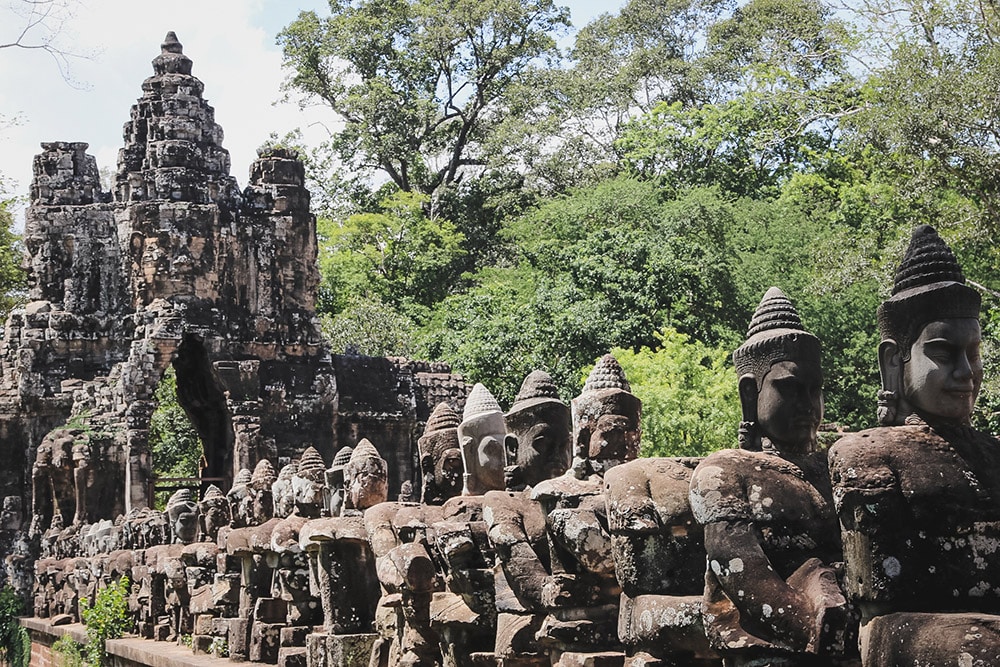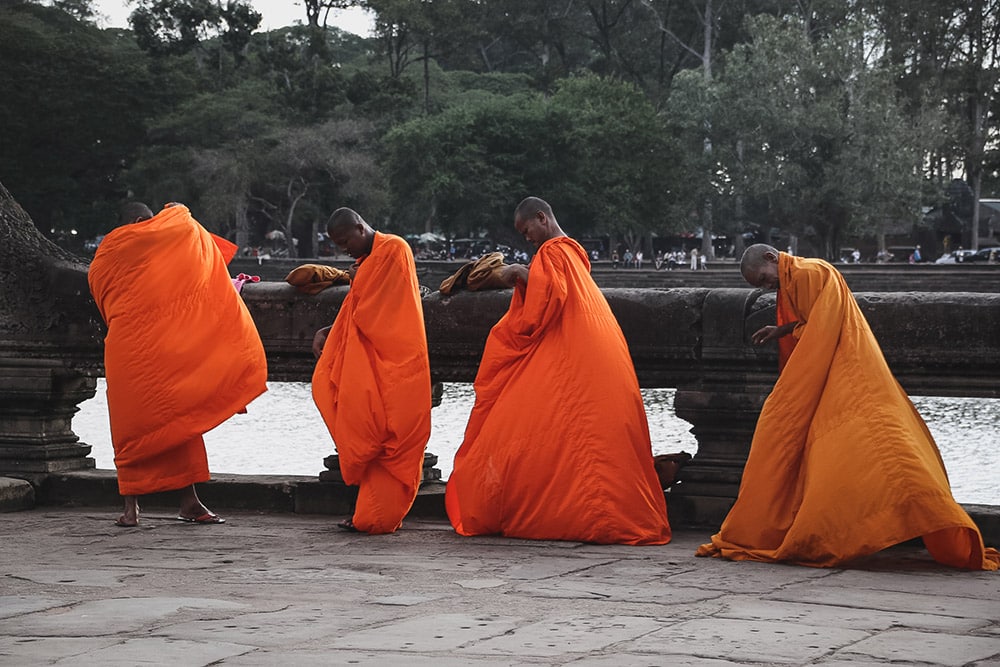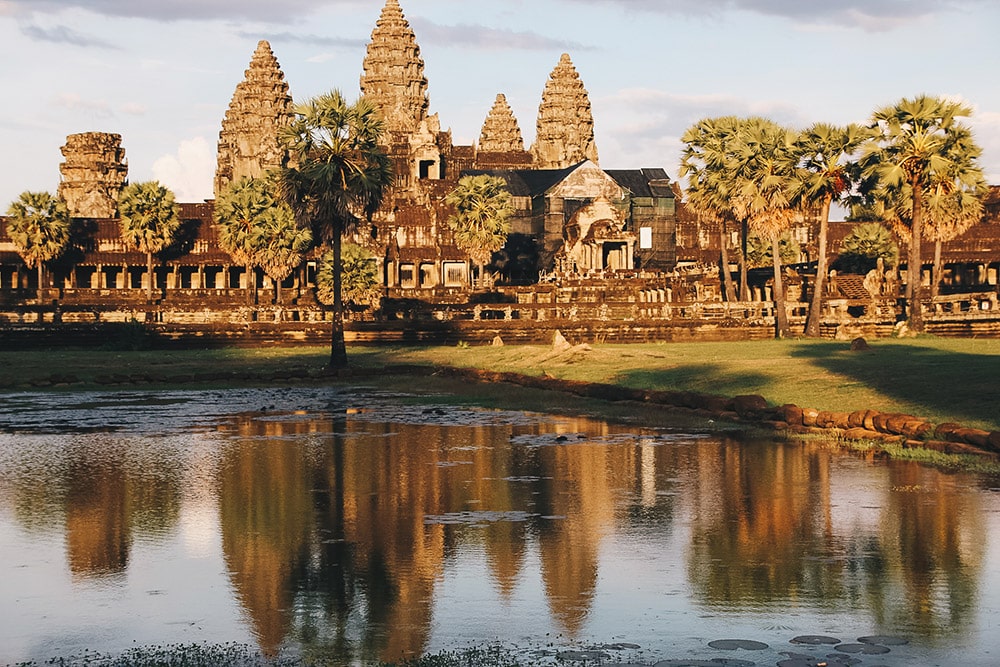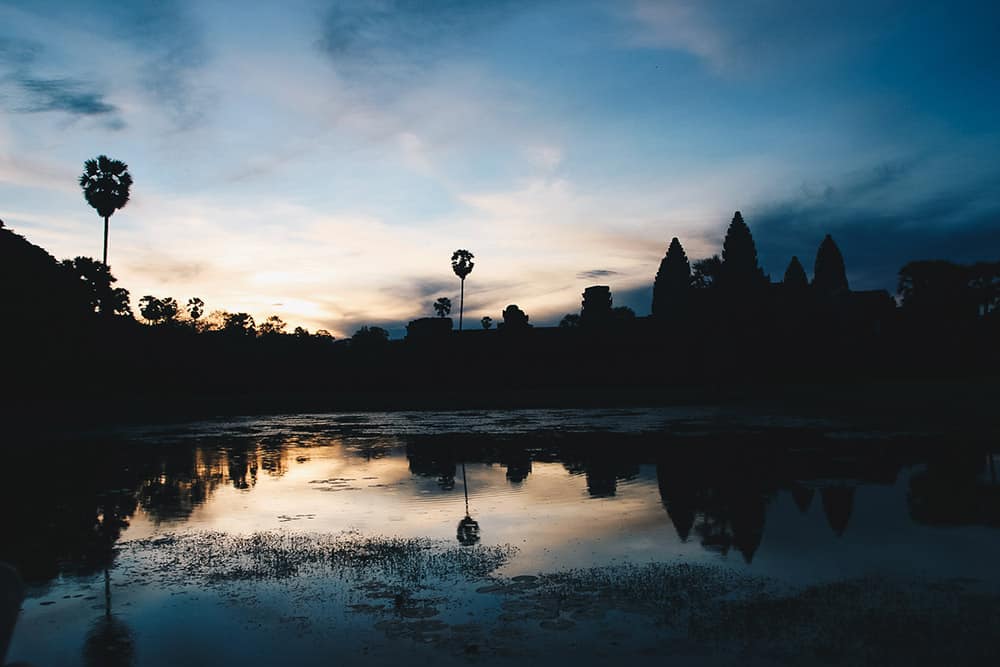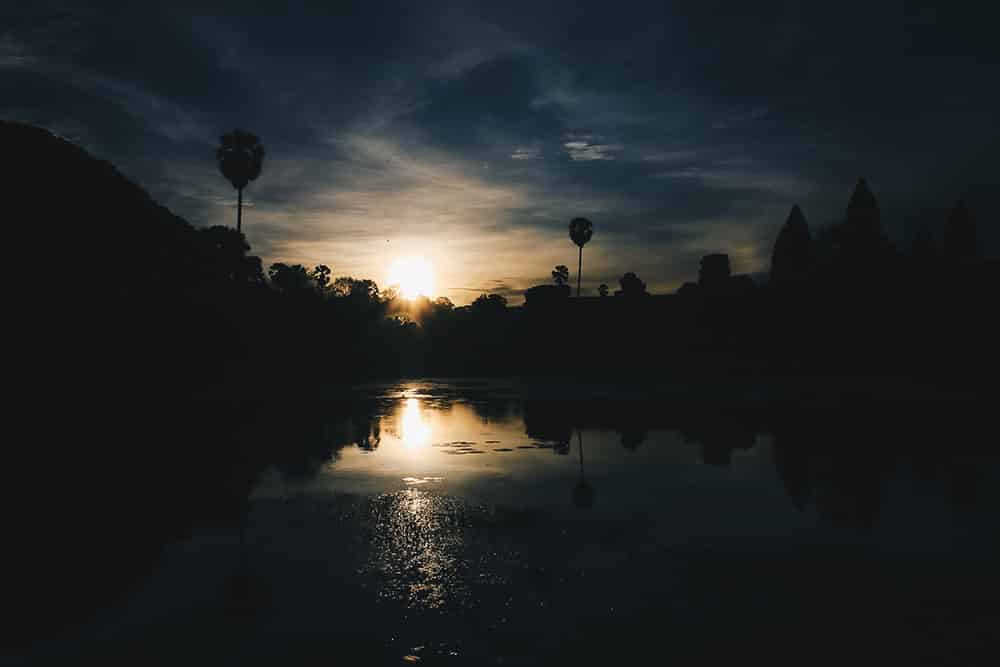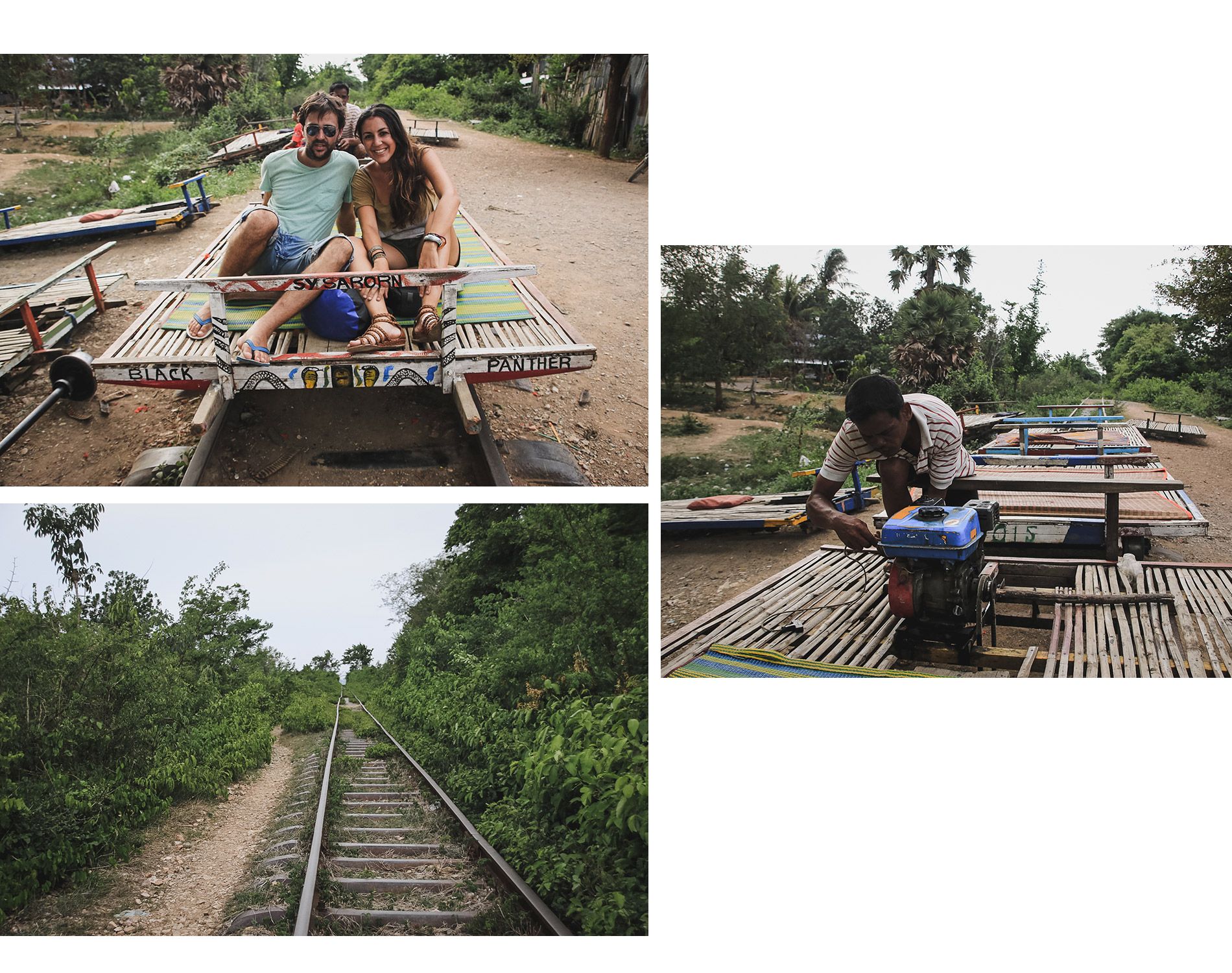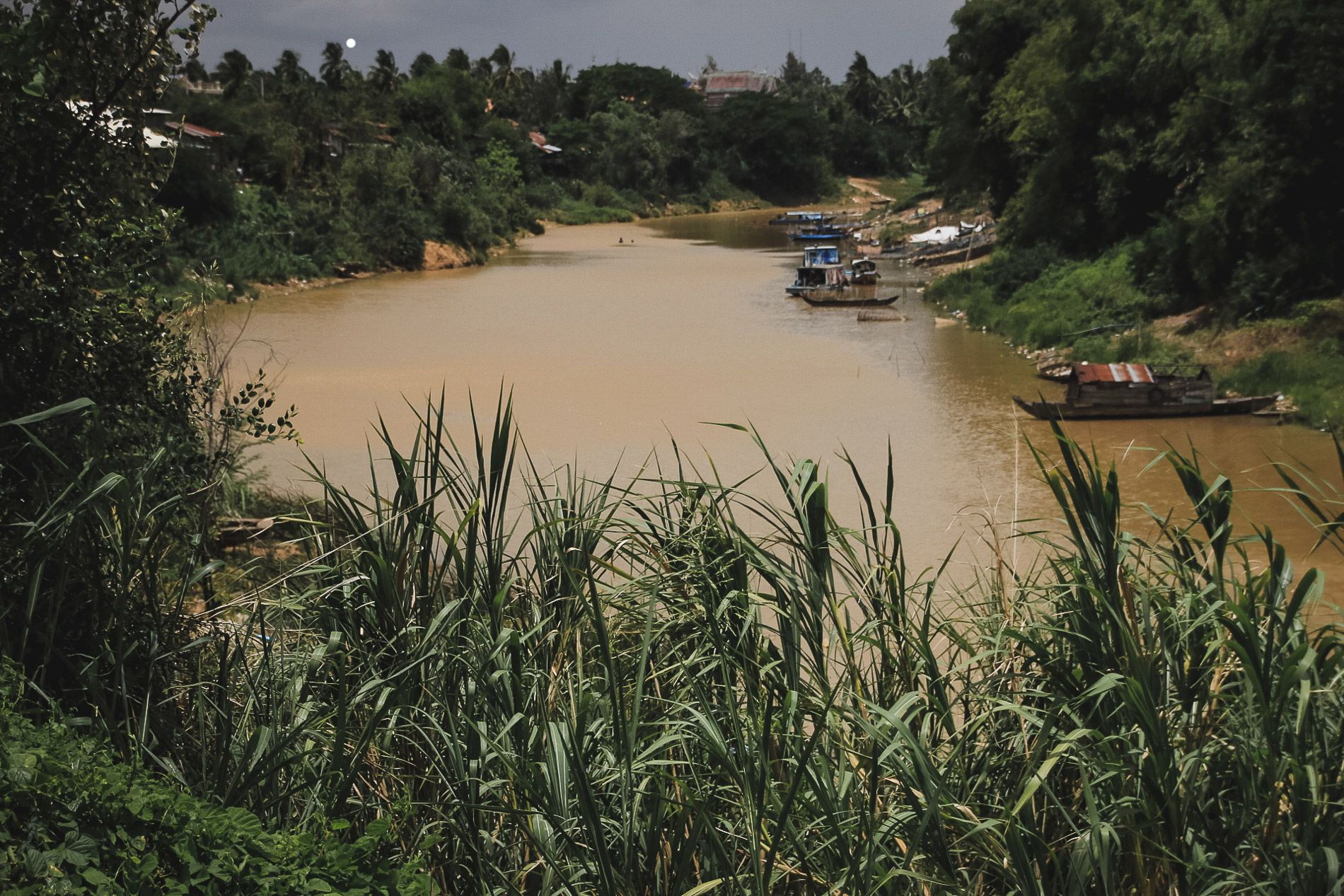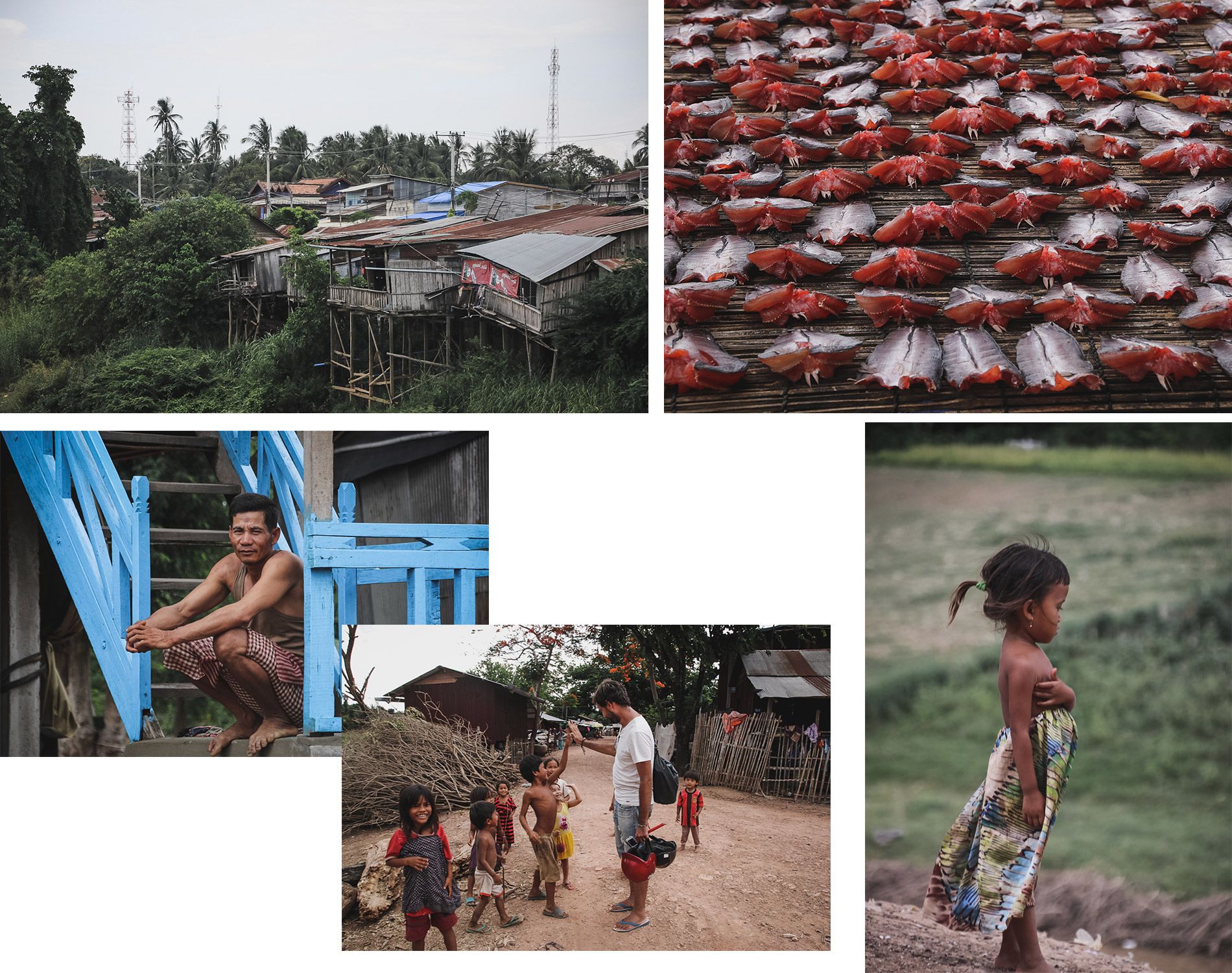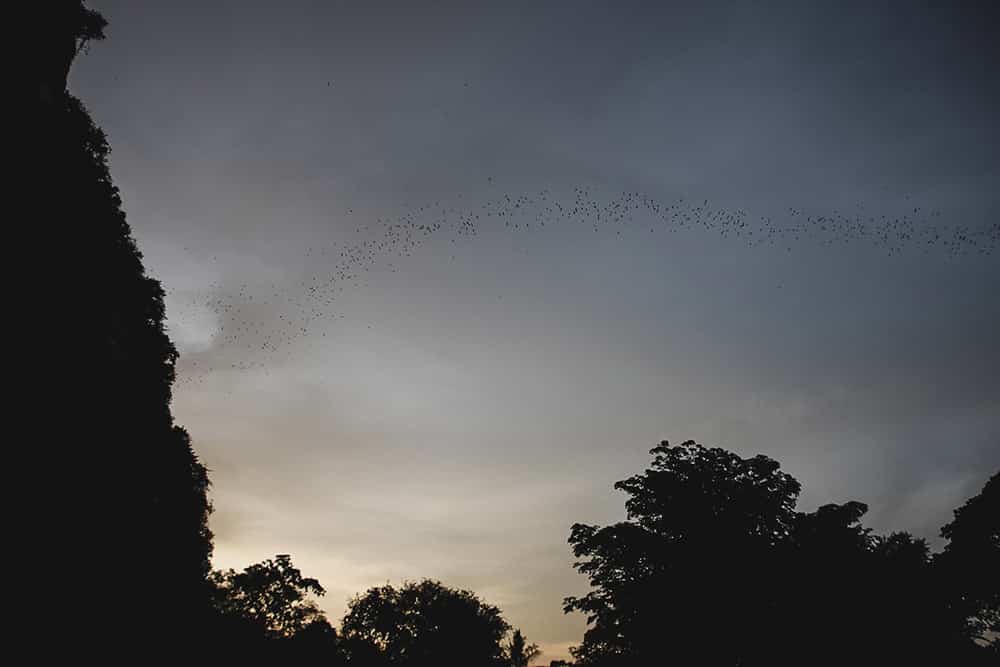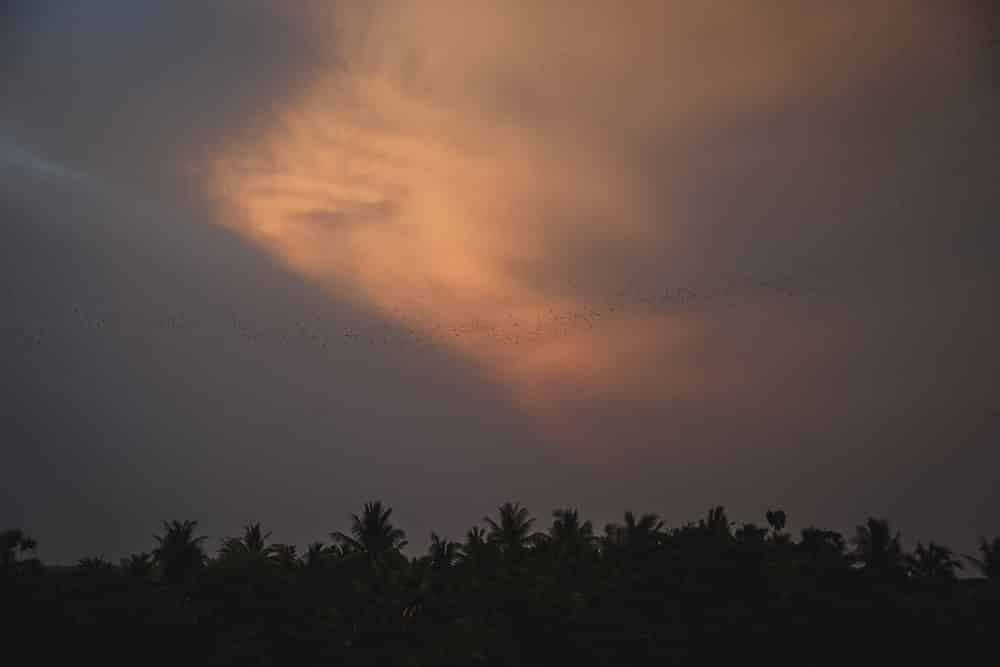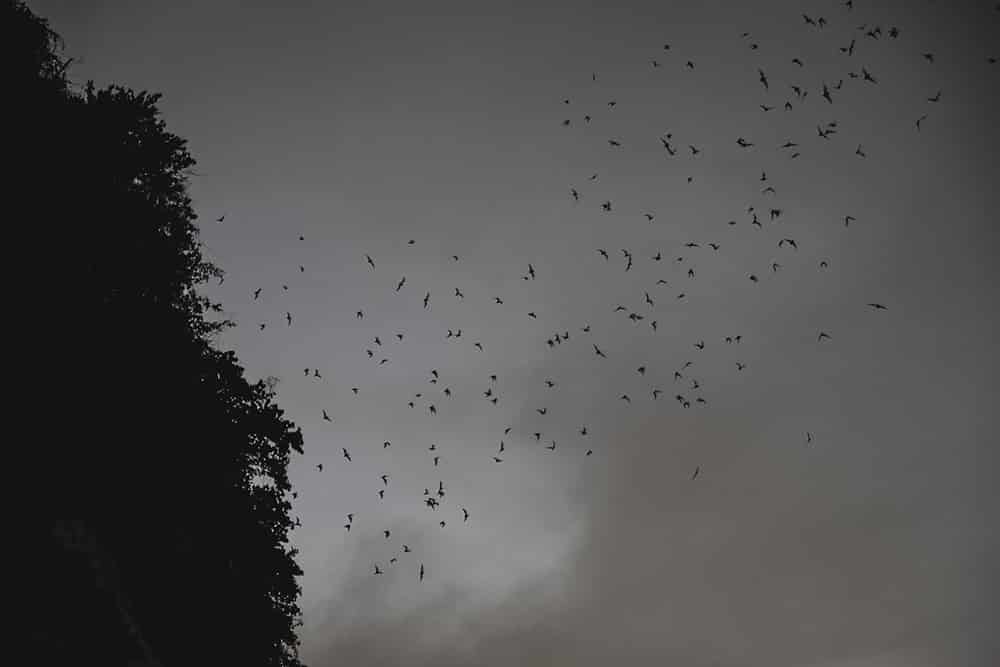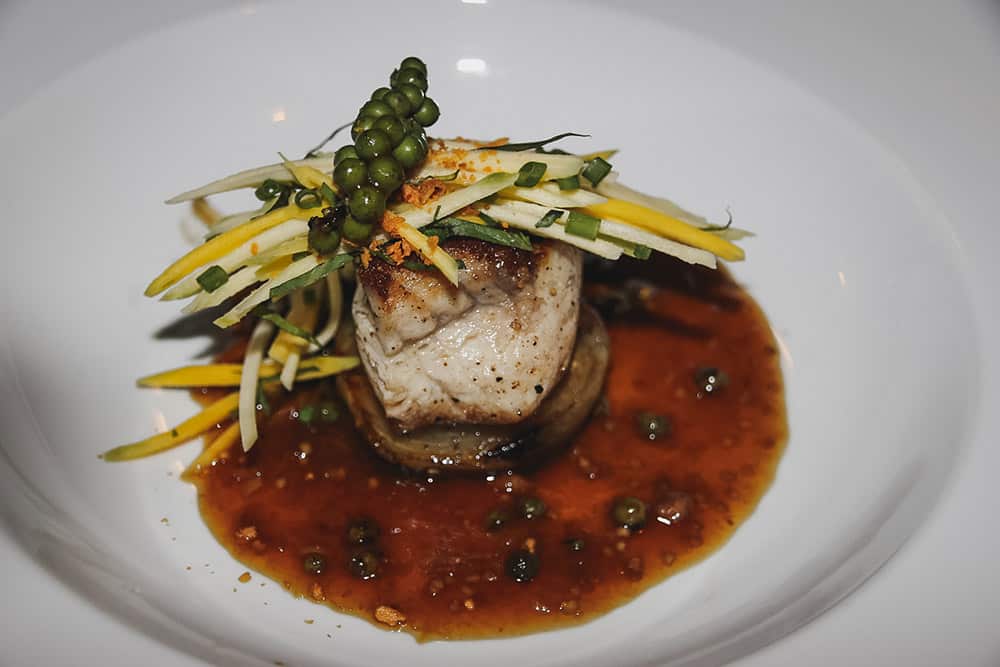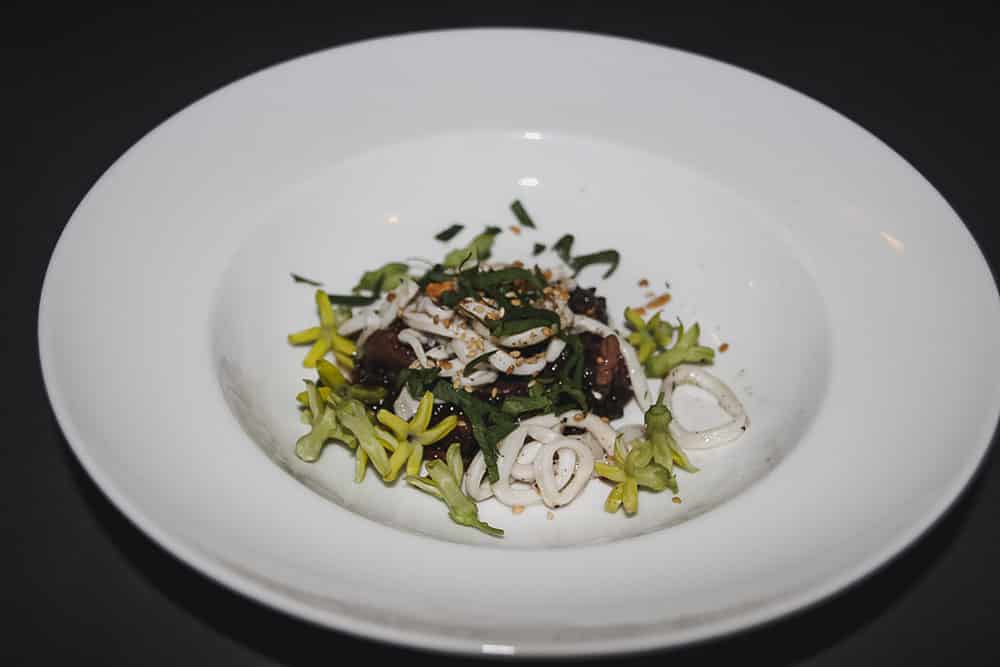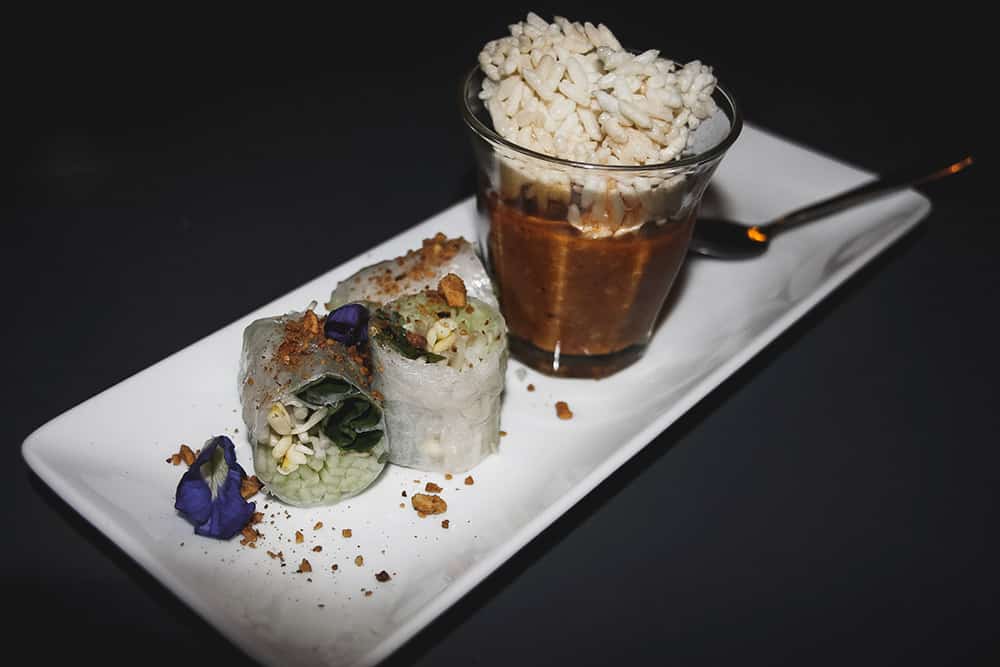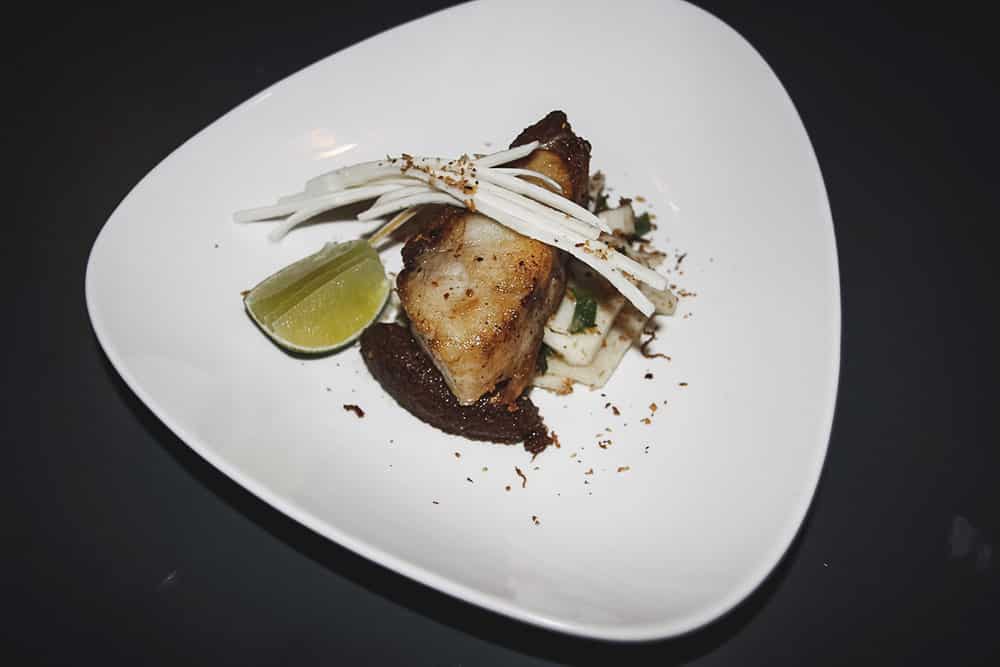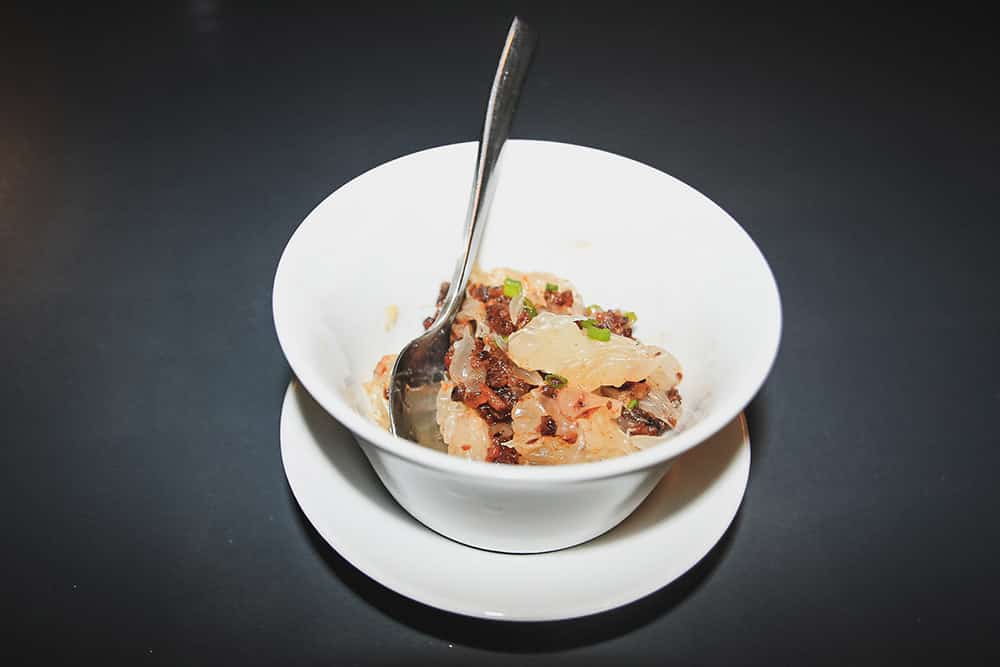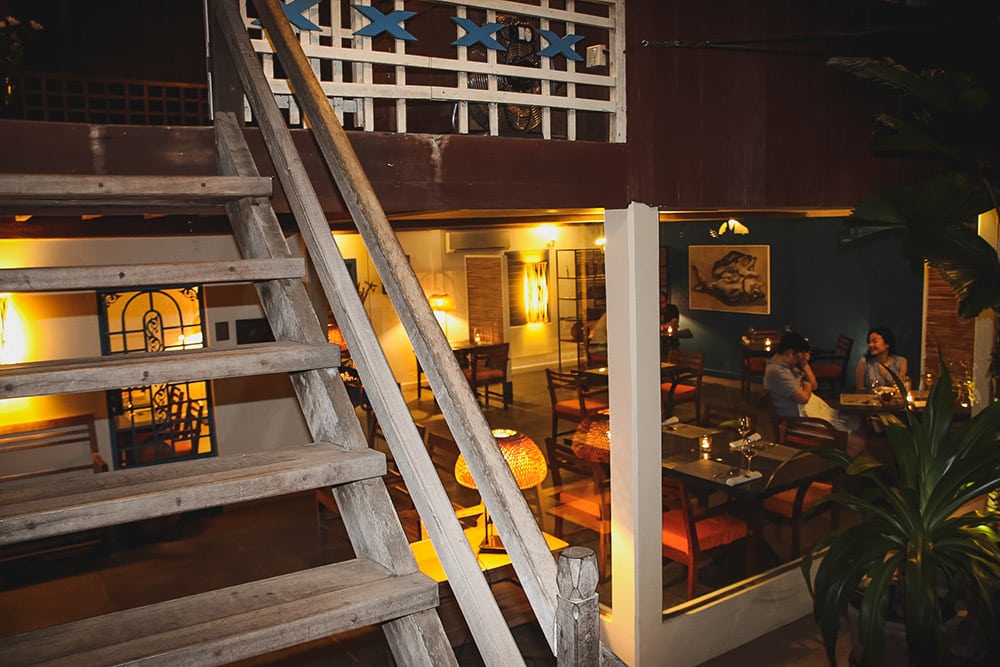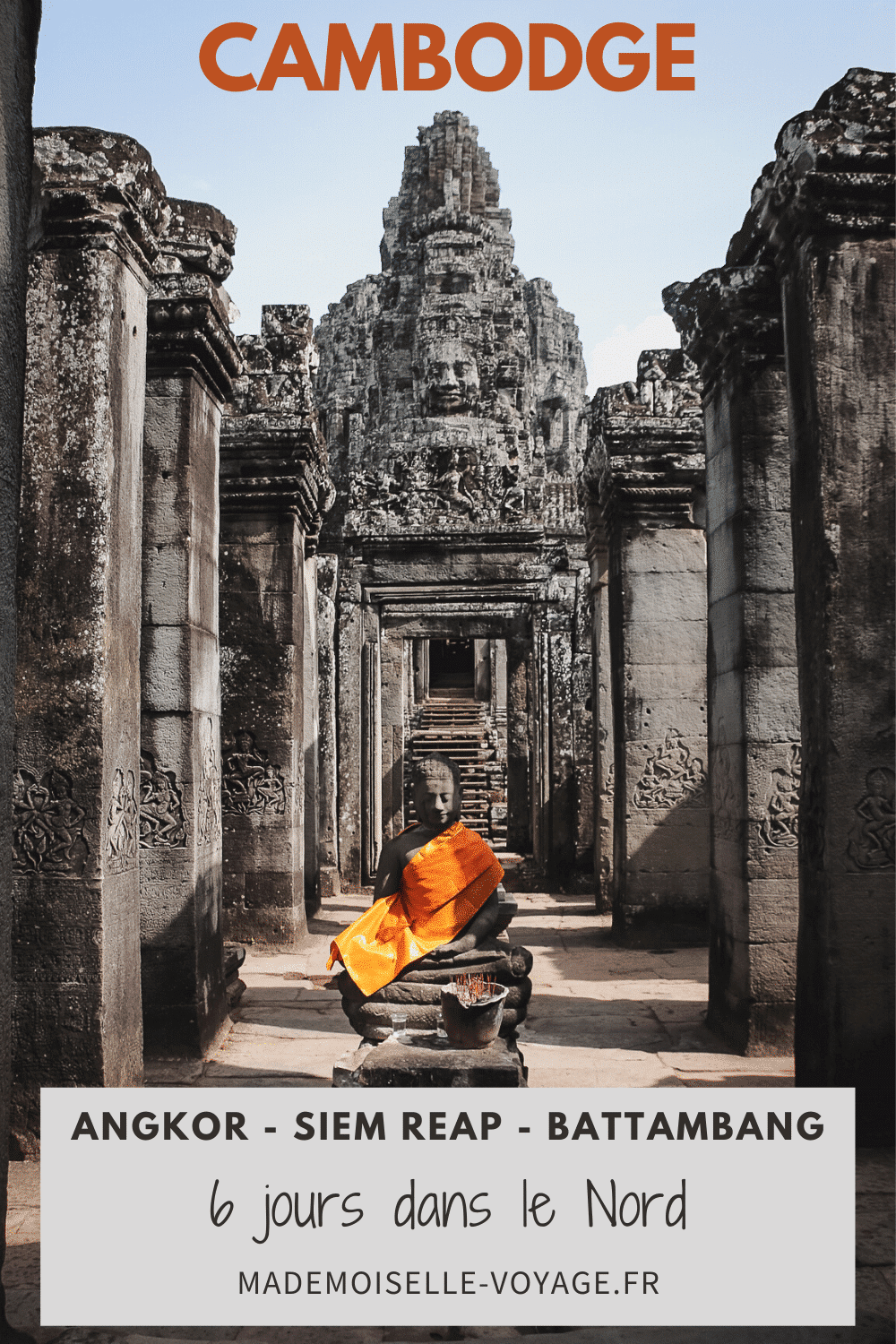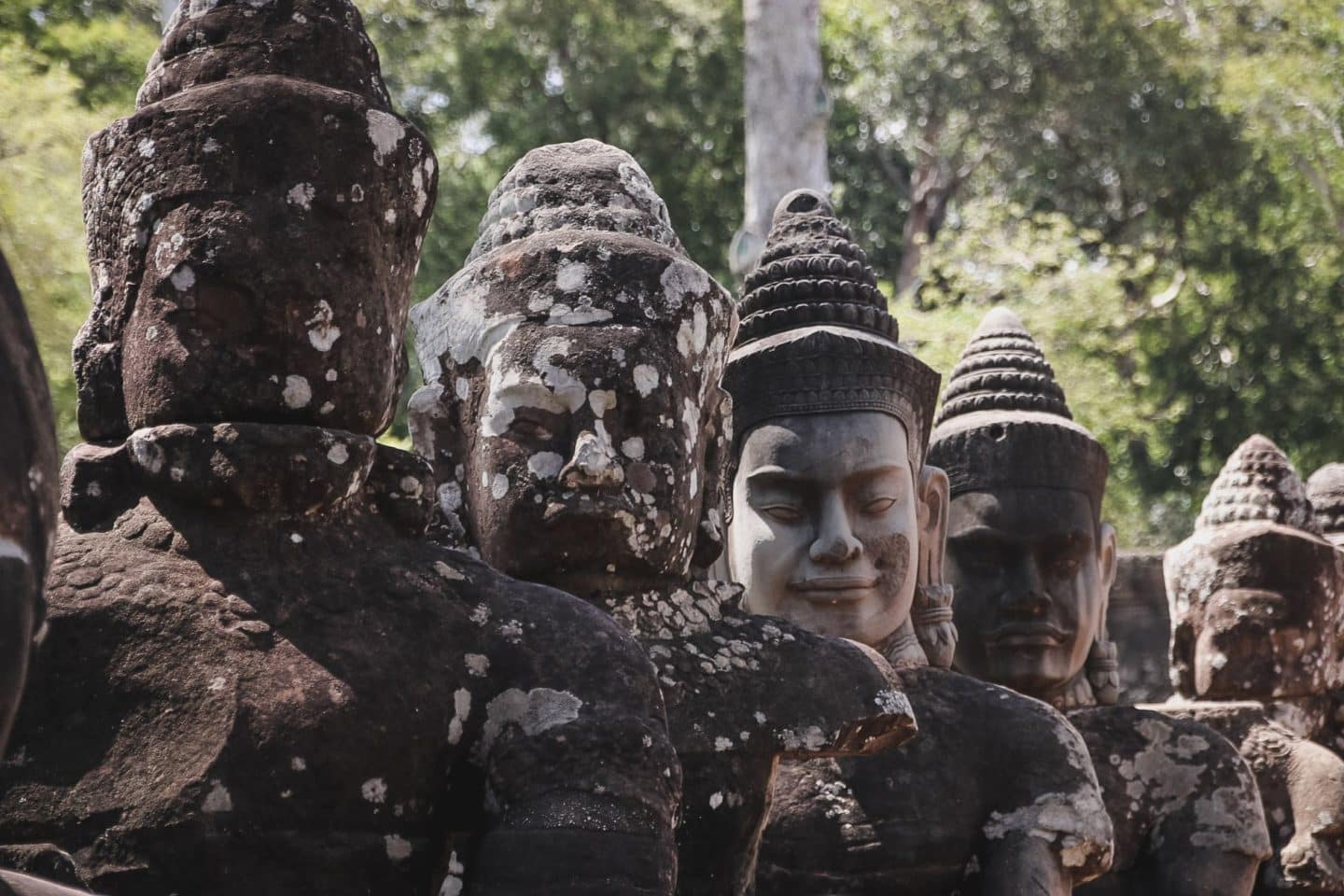
If you’re wondering what to do in northern Cambodia, here’s a description of our stay, where we’ve come up with some out-of-the-ordinary activities for a 6-day program.
We decided to spend a week in the north of Cambodia visiting Siemp Reap,the temples ofAngkor and the Battambang. When you arrive, it’s best to find a hotel with a swimming pool, so you can enjoy relaxing moments during the day when you’re not visiting the Angkor site. It’s important not to visit everything at once, unless you’re a history buff, and then we’ll understand.
How would you describe the city of Siem Reap in northern Cambodia? I’d say it’s a great Khao San road, for those who have been to the tourist district of Bangkok. There are plenty of tourist restaurants and bars, in a very friendly atmosphere. Impossible to miss, you ask for the night market for an evening stroll. Across the street, you can take a trip to the Old market to buy your souvenirs.
TABLE OF CONTENTS :
| DAY 1: DEPARTURE FOR YOUR FIRST DAY OF SIGHTSEEING
It’s time for your first day of sightseeing, but first you need to choose the right tuk tuk. You are now ready to face Angkor, and you have the choice of visiting the site either by bike for 3 dollars/p, or by cab, but we recommend that you discover the site by tuk tuk so as not to have to endure the heat (45 degrees when we were there) and pedal in the middle of the doldrums. Don’t forget, too, that Angkor is overrun with Asian groups, and it’s best to take the route in the opposite direction, i.e. when it’s hot for them! For your tuktuk, call Mr. Vat Sovoeun, chauffeur sur Siemp Reap. After testing the “mafia” of Siemp Reap’s tuk tuks: some charge exorbitant prices, others don’t show up for their early morning appointments, and some aren’t always very pleasant. This one is a perfect, trustworthy driver. He will not only drive you around, but will also provide you with information about Angkor in very good English, for a very fair price: 12 US$ for the day from 5:30am to 1pm. The difference in service is just spectacular with his colleagues so don’t hesitate to contact him, he deserves it!
| ANGKOR AND KHMER HISTORY
Don’t try to see everything in Angkor too quickly, unless you only have one day, in which case I can understand! Start your tour at 10am. (Rest assured, the tourists will be there from 5 a.m.!)
A word of advice: the pass is nominative and includes your webcam photo (in case you thought of reselling it!). If you buy it between 4.30pm and 5.30pm (when the ticket offices close), you can enter the site the same day to see the sunset, for example, and avoid queuing the next morning! If you don’t have much time 3 main sites can be seen in a day (Angkor Wat, Bayon and Ta Phrom)
- Entrance fees: $20 for 1 day, $40 for 3 days and $60 per week.
Once you’ve paid the entrance fee and before it gets too crowded, start by exploring the best-known, largest and most majestic temple: Angkor Wat, Hindu site meaning the temple of the city. Then check out the Bayon (Buddhist site) and the nearby Elephant Terrace, which was the site of military parades in Khmer times! All this will give you a good idea of the size of the site and the different religious influences due to the construction periods.
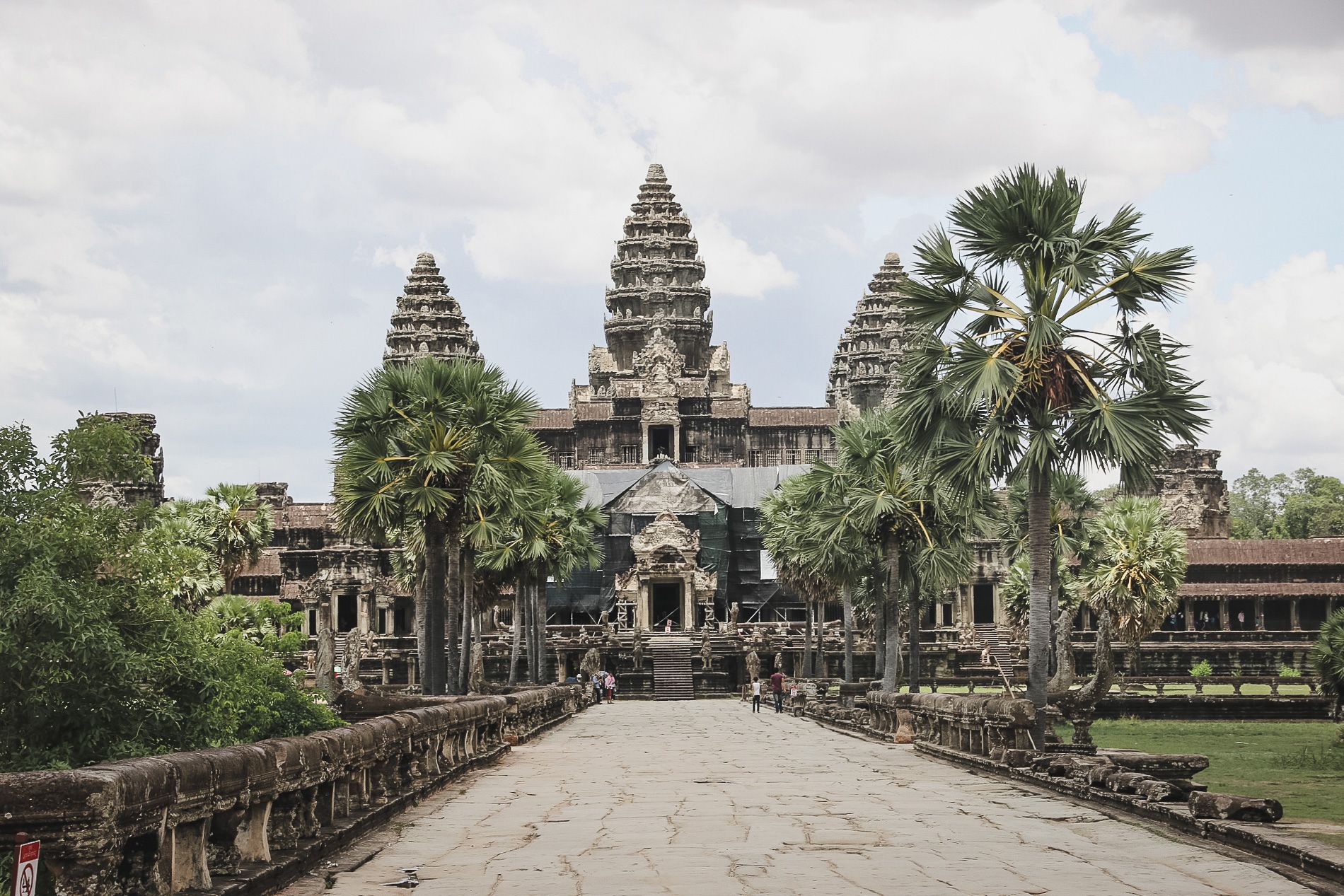
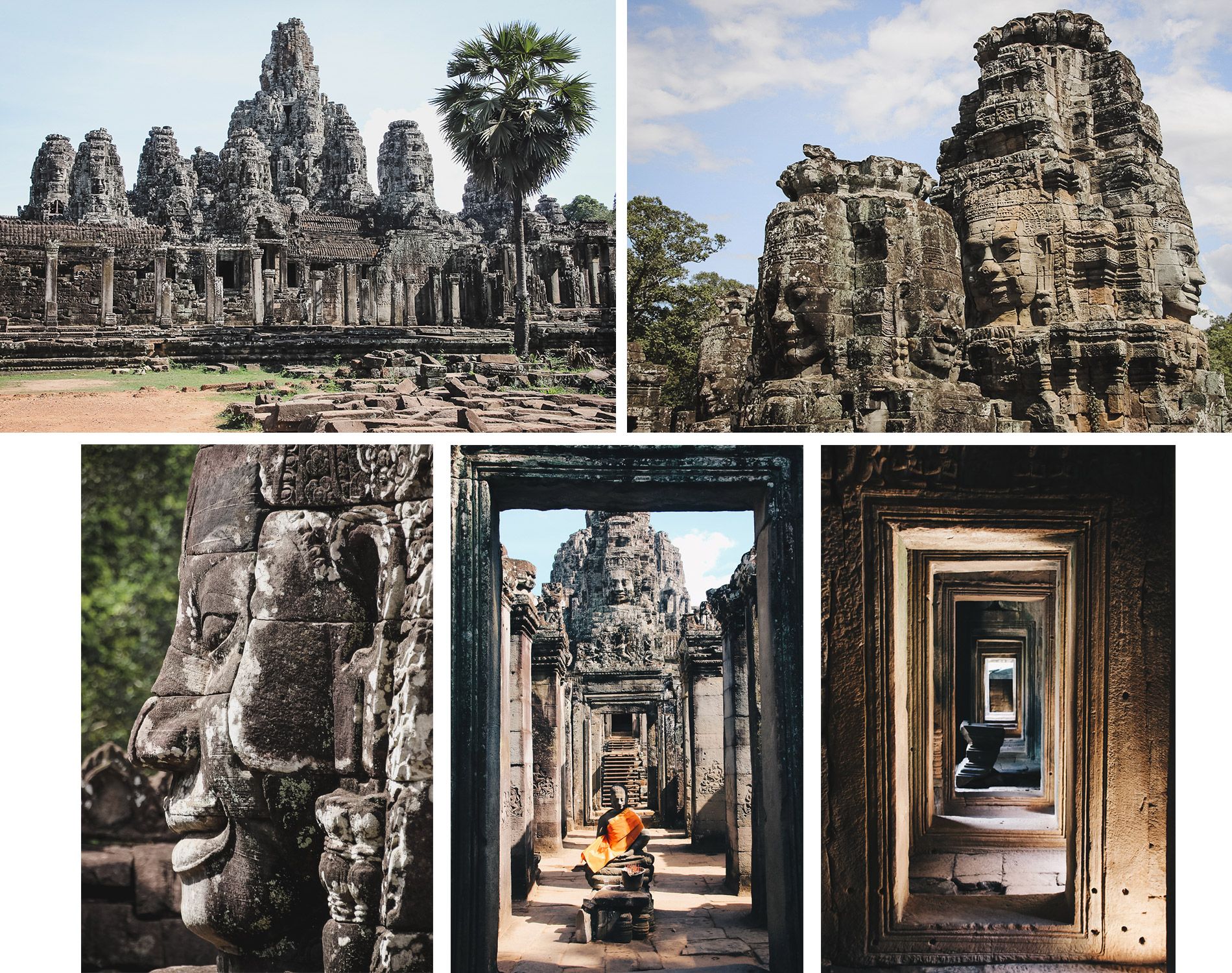
By then it will be close to 12pm and we invite you to return to the city to relax by your hotel pool. In the evening, 1/2 hour from Sieam Reap, discover an Asian curiosity. Go and enjoy yourself at Rosanna Broadway! Wondering what it could be, even if the name gives you a clue? Well, yes, it is a cabaret, but a… Ladyboys and transsexuals. It’s absolutely stunning, well-orchestrated and almost makes you feel like you’re at the Lido in Paris!
- Rosanna Broadway Show (with transportation), about $40 to $50/p for VIP and $30 for standard.
| DAY 2: THE LOTUS FARM, FROM LOTUS FIELD TO DRESSING ROOM
Let’s get out of Siem Reap to discover the lotus farm. It’s a great resource of Cambodian nature and locals eat everything from this sacred plant: the flower for offerings to Buddha, the heart of the plant for its seeds and the stem for thread. Awen Delaval, a Frenchman who moved here in 2003, has set up a company that uses the fiber contained in the stems to make yarn. Lotus yarn is one of the most expensive yarns in the world and is used in the creation of garments.
You can visit this farm for free in the morning and see the spinners “twist the thread” and weavers at work (as lotus thread is more fragile than silk or cotton). The workshops employ 12 people, and the company buys a large proportion of the lotus from nearby farmers. Textile production 100% eco-friendly, made entirely by hand! You can then stroll through the lotus fields, and if you’re an early riser, you’ll see them in bloom as they open during the night and close again in the morning around 8-9am to protect themselves from the heat.
Back on Siem Reap, go to the store SAMATOA to see the creations and, if you wish, to go shopping!
Back to Angkor site
In the mid-afternoon, around 3pm, return to Angkor to see the sites of Ta Prohm offering fantastic images of the forest having taken over the temple!!!! Then check out Banteay Kdei to escape the tourists, Angkor Tom then for sunset, return to Angkor Wat to appreciate the warm lights on the temple, which is generally empty at this time. Everyone rushes to the temple Phnom Bakheng which offers no view of Angkor Wat and is overcrowded, making it not very pleasant at this time of day!
| DAY 3: TAKE TIME TO SEE THE KOMPONG KHLEANG FLOATING MARKET
It’s difficult to tell you about the floating market on the Tonle Lake since we didn’t do it due to the low water level from February to June (the highest level is from July to November). This is the largest Lac of South Asia and lives by the rhythm of the monsoons. It can multiply its surface area by 4 and its depth by 10, apparently! For many travelers, this place is very touristy, full of rip-offs and less authentic than the Kompong Khleang floating market.
Did you know that the Tonlé Lake floating market is a UNESCO Biosphere Reserve?
However, it suffers from ecological problems such as waste and the deforestation due to the increasing number of young people moving there, unable to find work in the city! Some 3 million people live on the lake’s floating villages and stilt houses. Houses move to the rhythm of high and low water more than a dozen times a year, and people’s lives are linked to the rhythm of the waters. If you have time to continue your stay (which we didn’t) go to the floating market in Kompong Khleang (recommended by a friend) located about 50km from Siem Reap which is filled with color. Renting a boat will cost you around 20$/pers as well as 25$ tuk-tuk. This market has a better reputation than those sold by the city’s travel agencies, as it is less affected by tourism. Come and see traditional floating houses, fishing techniques in bamboo boats, the real style of the locals, children pedaling skilfully, others swimming in the river, and so on. Here you won’t find any overpriced products or tourist traps compared to Chong Kneas village. Allow 1 hour’s drive from Sieam Reap.
When you go to Kompong Khleang, this allows you to visit three other very distinct floating sites: heading towards the lake, the boat will take you to Chong Prolay, a small-scale Khmer floating village, then you can access another Vietnamese ethnic floating village.
| DAY 4: LAST DAY IN ANGKOR
Start your day at around 5:30 a.m. to watch the sunrise over Angkor Wat. Despite the crowds at sunrise on this site, it’s well worth the effort. Sunrises in Angkok are a bit like the first day of sales in France. Don’t think you’re the only one to admire these beautiful early-morning colors. In low season you can be sitting in front of this view 2,000 people a day, and in high season 10,000! And yes, the site is touristy! Then go to Mt. Phnom Bakeng then begin the great loop of the temples of Preah Khan, Neak Péan, Ta Som and East Mebon to finish between 10am and 12pm depending on how tired you are.
| DAY 5 AND 6: BATTAMBANG
We now propose to leave Siemp Reap in the direction of Battambang to stroll through rice paddies, orange groves and coconut palms. Allow 4 hours drive and 5$ for a bus ticket with pick-up from your hotel. There are plenty of little stores selling tickets all over the streets of Siem Reap. Once in Battambang, you can rent a motorcycle for 7$/day to discover what’s most interesting: the surrounding countryside and temples. Climb aboard the “Bamboo train“. You’ll follow a section of the old railway line, built by the French during the time of our presence in what was then Indochina. Nowadays unused, you can take it on board a bamboo mat on 2 axles pulled by a small engine! The sensation of speed is real, as you’ll be almost flush with the rails. The route takes you to a small village where you can have a drink and buy a souvenir before turning back. Expect to pay $5/person, which we think is a bit steep for what you get to see!
INFOS PRATIQUES SIEAM REAP ET BATTAMBANG
INFOS PRATIQUES SIEAM REAP ET BATTAMBANG

You’ll find a wide choice of very inexpensive rooms and dormitories, as well as boutique hotels. It’s also possible to couchsurf in major cities.
Sieam Reap
- We recommend the hotel Diamond Angkor tested by our friends and apparently a little paradise.
- The pleasant youth hostel Sieam Reap Pub hostel for its swimming pool and its prices at $5 each for a night in dormitories and €15 for a double room.
Battambang
- The Royal Hotel from Battambang for $8 per double room. Super rooftop and Jacuzzi.
THE KITCHEN KHMER A SIEAM REAP
For smaller budgets, we tested the Bakery CaféandCambodian Kitchen right next door, inexpensive and a good restaurant for dinner.
Some price ideas for the cost of food:
- 1.5-liter bottle of water: $0.50-$0.60
- A fried rice in a small local bistro: $1.50
- A fried rice in a restaurant: €2.50
- Pork dumplings: $1.50
- Fruit juice : 1$
- Banana pancake: $2
- Khmer dish: $3-5
- A burger and fries: $3
- Burger King à Siem Reap : 6$
- Croissant or pain au chocolat: $1
- Sandwich : 2$
- Crab with Kampot green pepper: $11.50 per plate for 2
We also recommend a visit to the restaurant Wat Damnak kitchen. This French chef, Joannes Rivière, who moved to Cambodia 12 years ago, opened his gourmet restaurant on a street near the old market in Siem Reap with a team of Cambodians trained by himself. The setting is charming and relaxing, and the restaurant menu changes weekly according to seasonality. The cuisine is composed exclusively (or almost exclusively) of products from Cambodian agriculture. You can choose between 2 menus of 5 or 6 courses, and you can easily test your palet with Khmer flavors revisited between fish, meat and local flavors, a real treat! Count between 24$ and 28$ per person for a 5- or 6-course menu.
I am a block of text
N’oubliez pas d’épingler l’article sur Pinterest pour le retrouver plus facilement
